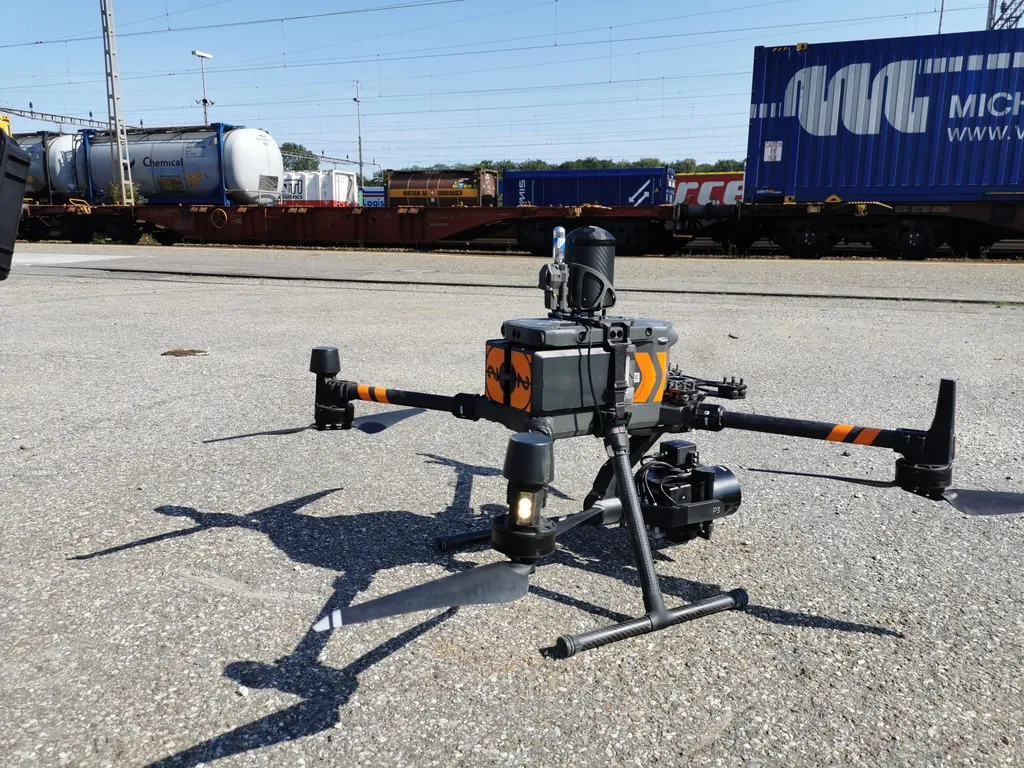In the relentless battle against invasive species, a groundbreaking study led by Sruthi Keerthi Valicharla from the Lane Department of Computer Science and Electrical Engineering at West Virginia University has introduced a game-changing approach to detect and monitor Japanese knotweed using advanced technology. This research, published in the journal *Information* (translated to English), leverages the power of transformer-based models and unmanned aerial vehicles (UAVs) to provide a scalable and precise solution for identifying this noxious plant species.
Japanese knotweed, known scientifically as *Fallopia japonica*, is a formidable adversary in the ecological landscape. Its rapid spread and destructive nature pose significant threats to infrastructure, agriculture, and natural ecosystems. Traditional ground surveys, while effective, are labor-intensive and often inefficient for large-scale monitoring. Valicharla’s research addresses these challenges by harnessing the capabilities of high-resolution aerial imagery and cutting-edge machine learning techniques.
The study presents a transformer-based semantic segmentation framework that utilizes the Twins Spatially Separable Vision Transformer (Twins-SVT). This innovative model employs a hierarchical architecture with spatially separable self-attention, enabling it to effectively model long-range dependencies and multiscale contextual features. “The Twins-SVT model demonstrated superior performance compared to other transformer-based baselines, achieving a mean Intersection over Union (mIoU) of 94.94% and an Average Accuracy (AAcc) of 97.50%,” Valicharla explained. This remarkable accuracy highlights the model’s ability to distinguish Japanese knotweed patches from surrounding vegetation with unprecedented precision.
The implications of this research extend far beyond academic interest. For the energy sector, which often grapples with the disruptive presence of invasive species on infrastructure and land management, this technology offers a robust and scalable solution. By automating the detection process, energy companies can significantly reduce the time and resources required for monitoring and mitigation efforts. “This method provides a cost-effective and efficient way to map and manage invasive species, which is crucial for maintaining the integrity of energy infrastructure and ensuring sustainable land use,” Valicharla added.
The successful application of advanced vision transformers in ecological and geospatial information analysis opens new avenues for future developments. As the technology continues to evolve, we can expect even more sophisticated models that can handle complex environmental challenges. The research conducted by Valicharla and her team not only sets a new benchmark in the field but also paves the way for innovative solutions that can be adapted to various environmental monitoring tasks.
In a world where technology and ecology intersect, this study stands as a testament to the power of interdisciplinary research. By combining the strengths of computer science, electrical engineering, and environmental science, Valicharla and her colleagues have developed a tool that promises to revolutionize the way we approach invasive species management. As the energy sector and other industries continue to seek sustainable and efficient solutions, the insights gained from this research will undoubtedly play a pivotal role in shaping future developments.

